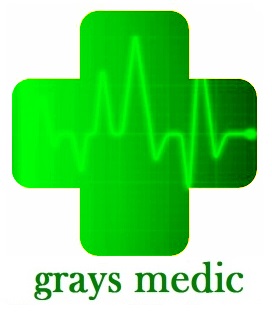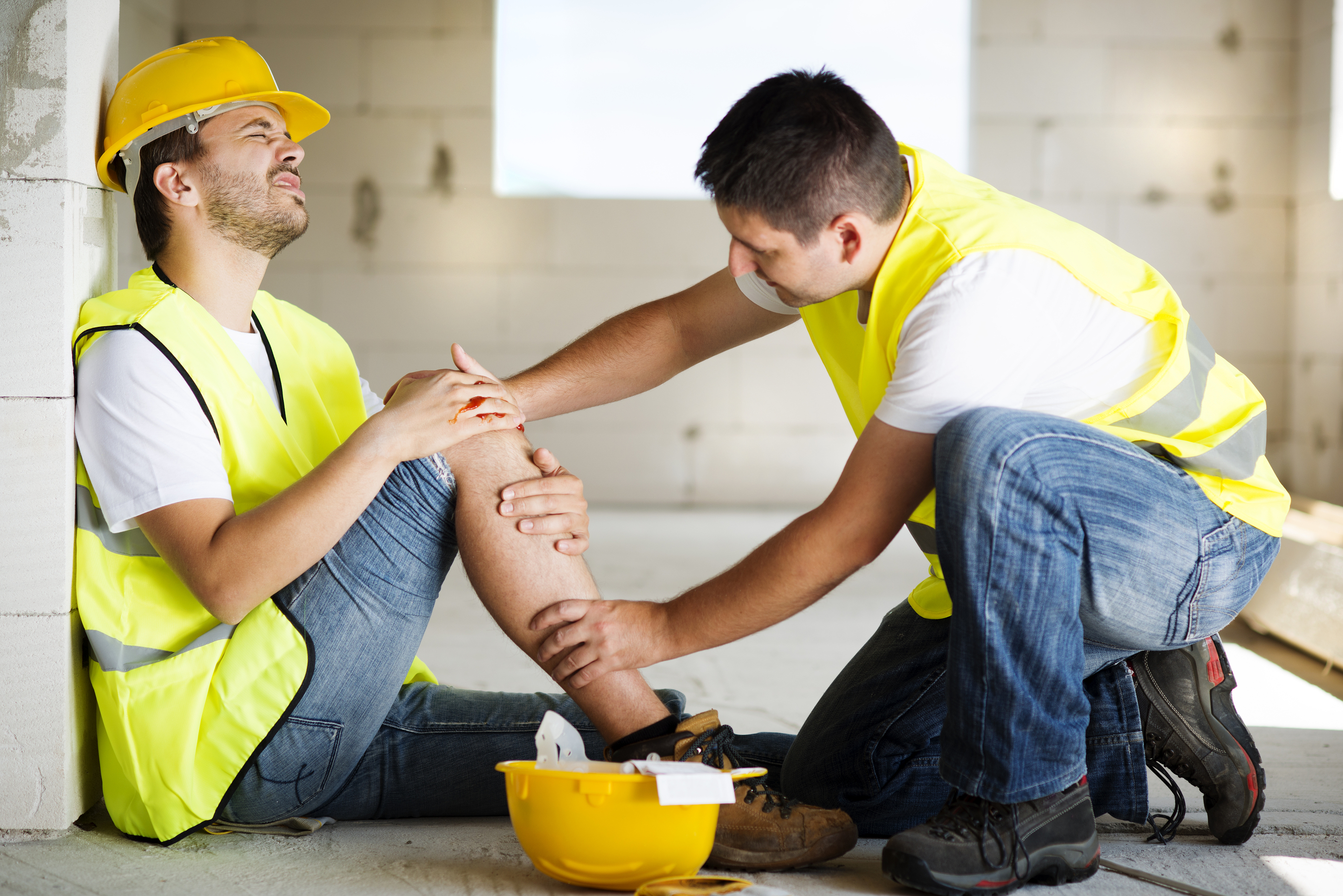Blog
Asbestos is dangerous.
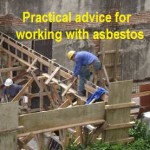
Asbestos is a term for a group of minerals made of microscopic fibres. Breathing in asbestos fibres can damage your lungs. Before its dangers were known, asbestos was often used in buildings for insulation, flooring and roofing and sprayed on ceilings and walls. It is now banned in the UK, however people working in the construction industries, maintenance or demolition could still come into contact with asbestos dust, putting their health in danger.
Click on the image to get practical advice for working with asbestos. HSE Free app.
Business must ensure that their health and safety procedures are in place and have the paperwork to prove it.
 From 1st of February 2016 there came into effect the definitive sentencing guidelines for use in courts in England and Wales. This covers health and safety offences, corporate manslaughter, food safety and hygiene offences.
From 1st of February 2016 there came into effect the definitive sentencing guidelines for use in courts in England and Wales. This covers health and safety offences, corporate manslaughter, food safety and hygiene offences.
The new guidelines cover all health & safety offences, not just fatalities as it was previously, and gives greater powers to courts to levy increased fines on organisations which fall short.
Ensure your business has a risk assessment, an accident plan in place and your employees are trained to follow all health and safety procedures.
Everyone should know how to place an infant, child or adult in the recovery position.
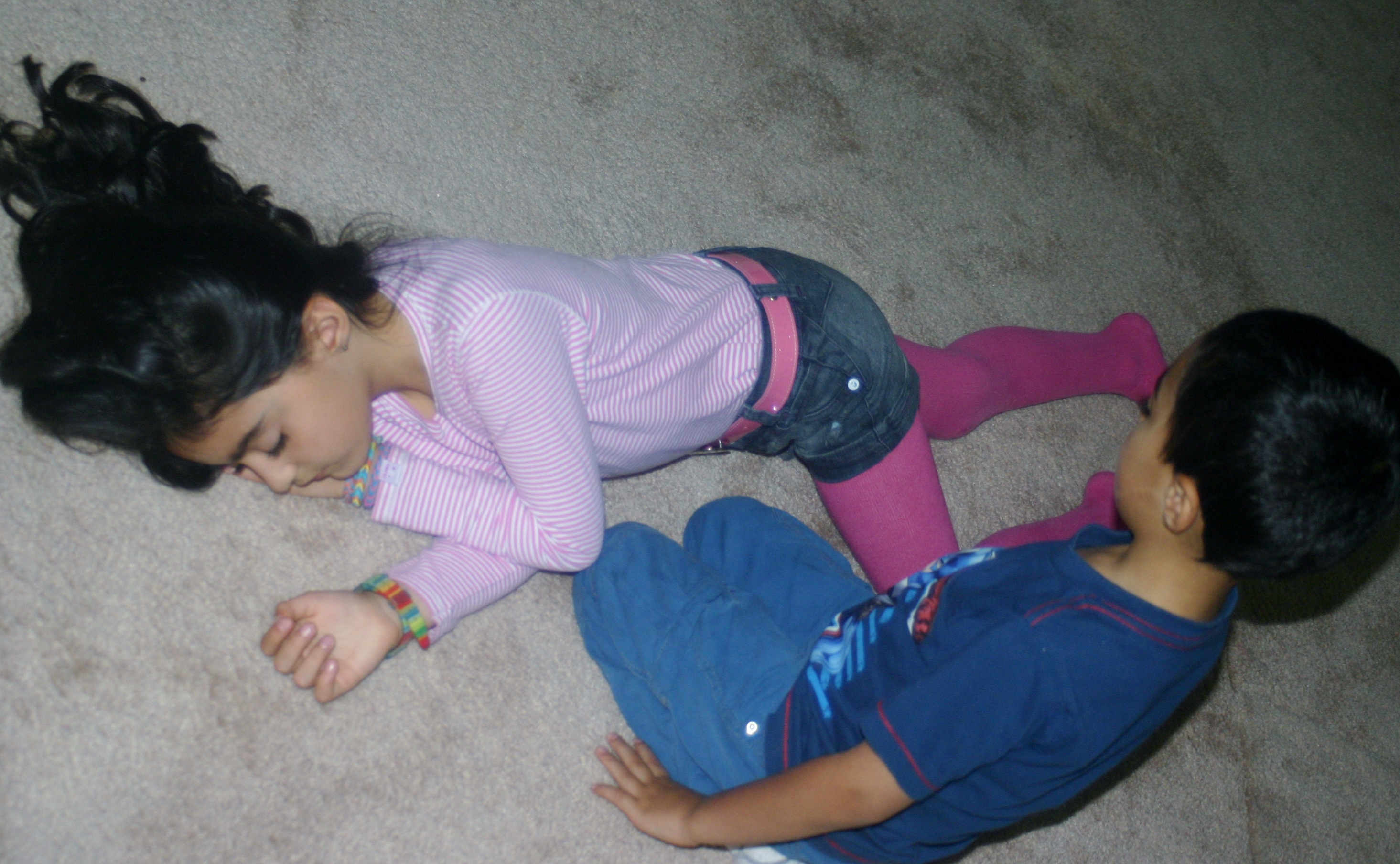 Doctors are reminding the public that unconscious infants and children should be put in the recovery position, when safe to do so, after a European study found dangerous manoeuvres that don’t contribute to the patients recovery.
Doctors are reminding the public that unconscious infants and children should be put in the recovery position, when safe to do so, after a European study found dangerous manoeuvres that don’t contribute to the patients recovery.
This is our guide to manage an unconscious casualty:
Unconscious Casualty Management
When we sleep, our natural reflexes protect our tongue or saliva from blocking our airway. An unconscious casualty is unable to do this and therefore very vulnerable.
Assess the situation (Primary Survey)
- Make sure that it is safe and call someone to help you.
- Look for dangers and do not put yourself at risk.
- Kneel beside and speak to casualty. Let them know you are there to help, and try to gain a response.
Open airway
- With your fingers under the chin and your other hand on the forehead, lift the chin and tilt the head gently upwards to open the airway.
Check breathing
- Look, Listen and Feel for breathing for 10 seconds.
- Look for normal breathing.
Top to Toe Survey (Secondary survey)
- Loosen clothing around neck.
- Look for any medical medallions or medic alert bracelets.
- Check the body systematically and if no injuries are found place casualty in recovery position, if safe to do so.
Recovery Position
- Remove glasses and put them somewhere safe.
- Raise the arm nearest to you and bend at elbow (do not force the arm)
- Bring the arm furthest away from you and place the back of the hand on to the cheek closest to you.
- Raise the far leg at the knee keeping the foot on the ground.
- Pull at the knee to turn the casualty into the recovery position.
- Once in position bring the leg to a right angle for comfort and support.
- Ensure that the airway is open.
- Call 999 or 112 for an ambulance.
- Monitor casualty’s breathing until help arrives
DGray 02/16
New UK resuscitation guidelines released on 15th October 2015.
The European Resuscitation Council (ERC) 2015 changes and recommendations relating to CPR casualties were released last Thursday and we will be changing the way that these subjects are trained in compliance with these changes. The regulations on CPR change every five years. On the 15th October 2015, the European Resuscitation Council (ERC), and UK Resuscitation Council announced the new 2015 guidelines. These guidelines relate to all sectors which involve CPR management. First Aiders must comply to regulation changes as well as recommendations from the National Health Service (NHS) and Health & Safety Executive (HSE).
The purpose of these changes is to improve the care given and increase the chances of survival, as well as to increase awareness and understanding of the rescuer/first aider.
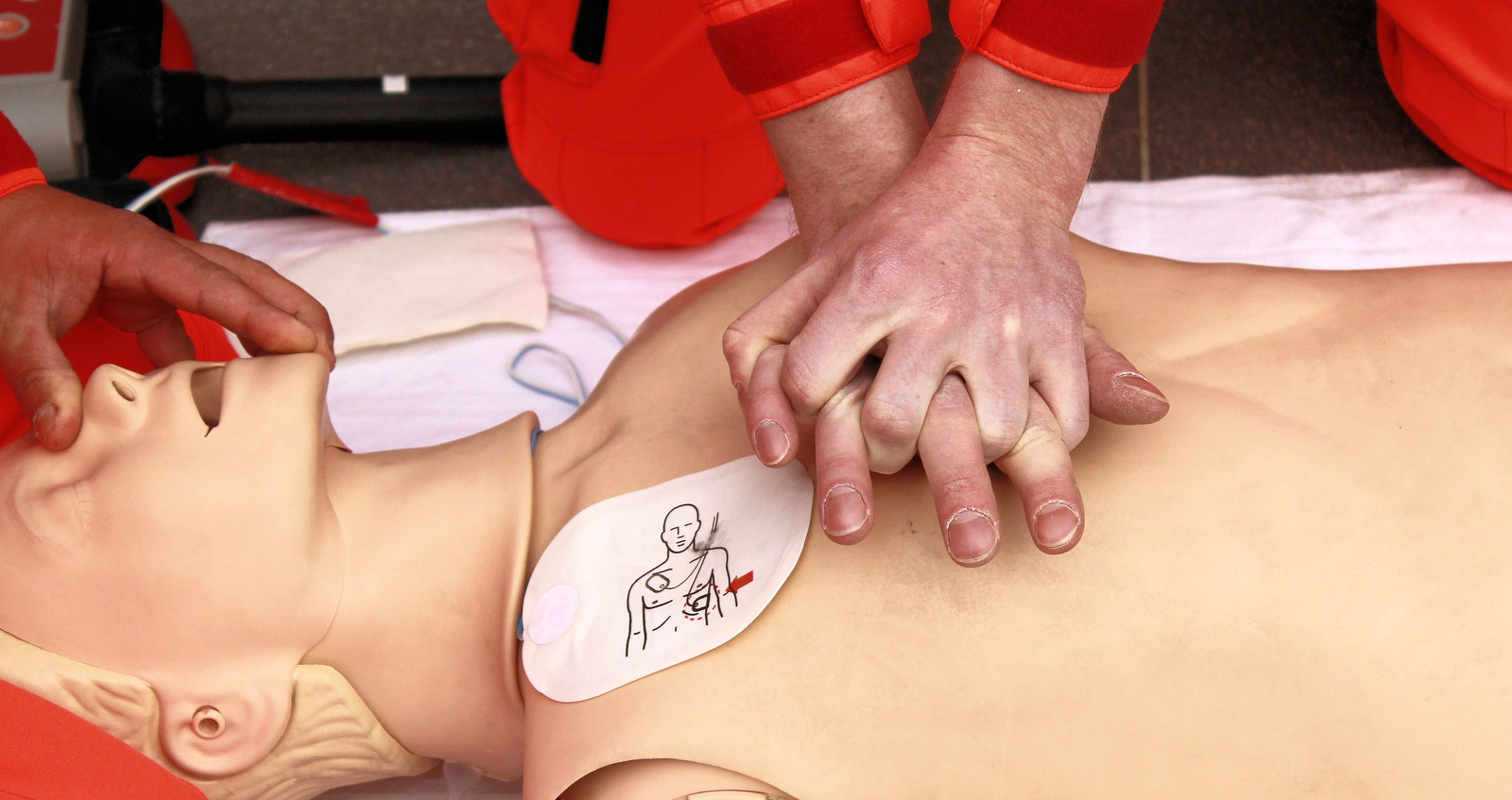 The changes this time are slight. Compressions and rescue breaths remain unchanged, but there are procedure changes as follows:
The changes this time are slight. Compressions and rescue breaths remain unchanged, but there are procedure changes as follows:
There is increased emphasis on the person calling emergency services to ensure they keep the call live in order to communicate to the services exactly what is happening, and also to take instruction and pass that to the rescuer/first aider who is dealing with the casualty. If possible, an automated external defibrillator (AED) needs to be deployed to the scene. The effective team work of the rescuer, caller and person bringing the AED can be critical in improving the survival chances of the victim. The sooner the emergency services are called, the earlier appropriate treatment can be initiated and supported.
The knowledge, skills and confidence of rescuers/first aiders may vary depending on their level of training. Always try to stay calm. If possible, call the emergency services without leaving the casualty. It can take 30 seconds or more to trace your call on the 112 number, so leave your phone on once you have communicated the situation to the emergency services.
Casualties who are unresponsive and not breathing normally may be in cardiac arrest and require CPR. When this happens no blood is circulating to the brain and therefore no oxygen, which may cause seizure like episodes that can be confused with epilepsy. First aiders should be suspicious of cardiac arrest in any patient displaying seizures. Assess whether the victim is breathing normally.
High quality CPR is essential and first aiders should use 30 compressions and 2 breaths (unless you are physically unable to, or unwilling due to personal risk (fluids etc.)
Key points for CPR:
- Use the DRSAB or “Drs AB” as we like to call it.
- Make sure it is safe for you and the casualty.
- Try to gain a response by gently shaking on the shoulder.
- Shout for help
- Open airway and check breathing for 10 seconds. Look, listen and feel.
- Be suspicious of cardiac arrest in anyone displaying seizures and carefully assess whether the casualty is breathing normally.
- Call 999/112 for an ambulance if you are alone.
- Get someone else to make the emergency call, if assisted.
- In both cases, if you have loudspeaker on your phone, switch it to speaker mode so that you or your helper can hear all communication with the ambulance services. including instruction on CPR and further advice if needed..
- Start CPR and send for an AED as soon as possible, but do not leave the patient to search for an AED. AED units are safe to use even without training so should always be used if available.
- With children and infants, CPR remains the same, but the depth of compression being one third of the chest is clarified to 4 cm for a baby under 1 year and 5 cm for an child. We still use two fingers for an infant under 1 year; use one or two hands as needed for a child over 1 year to achieve an adequate depth of compression.
- The breaths for children and infants remains the same as before.
- In all cases each breath should be 1 second, allowing the chest to recoil before the second breath is given.
- For more information: UK Resuscitation guidelines.
Health & Safety for Self-employed from 1st October 2015..
If you are self-employed (You do not work under a contract employment and work only for yourself), you do not employ others and your work activity poses no potential risk to the health and safety of other workers or members of the public, then health and safety law will not apply to you. The Health and Safety at Work etc. Act 1974 (General Duties of Self-Employed Persons) (Prescribed Undertakings)
